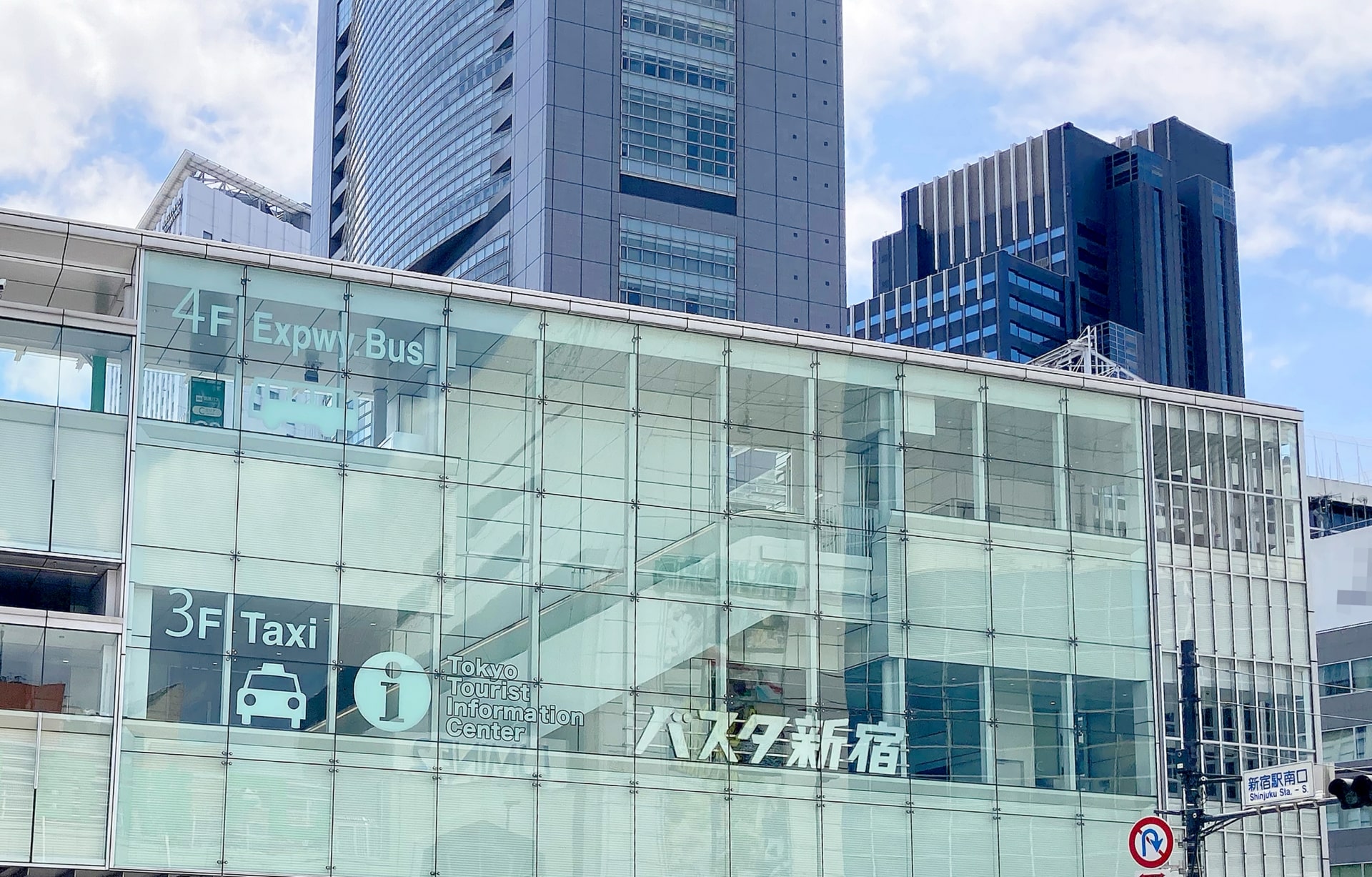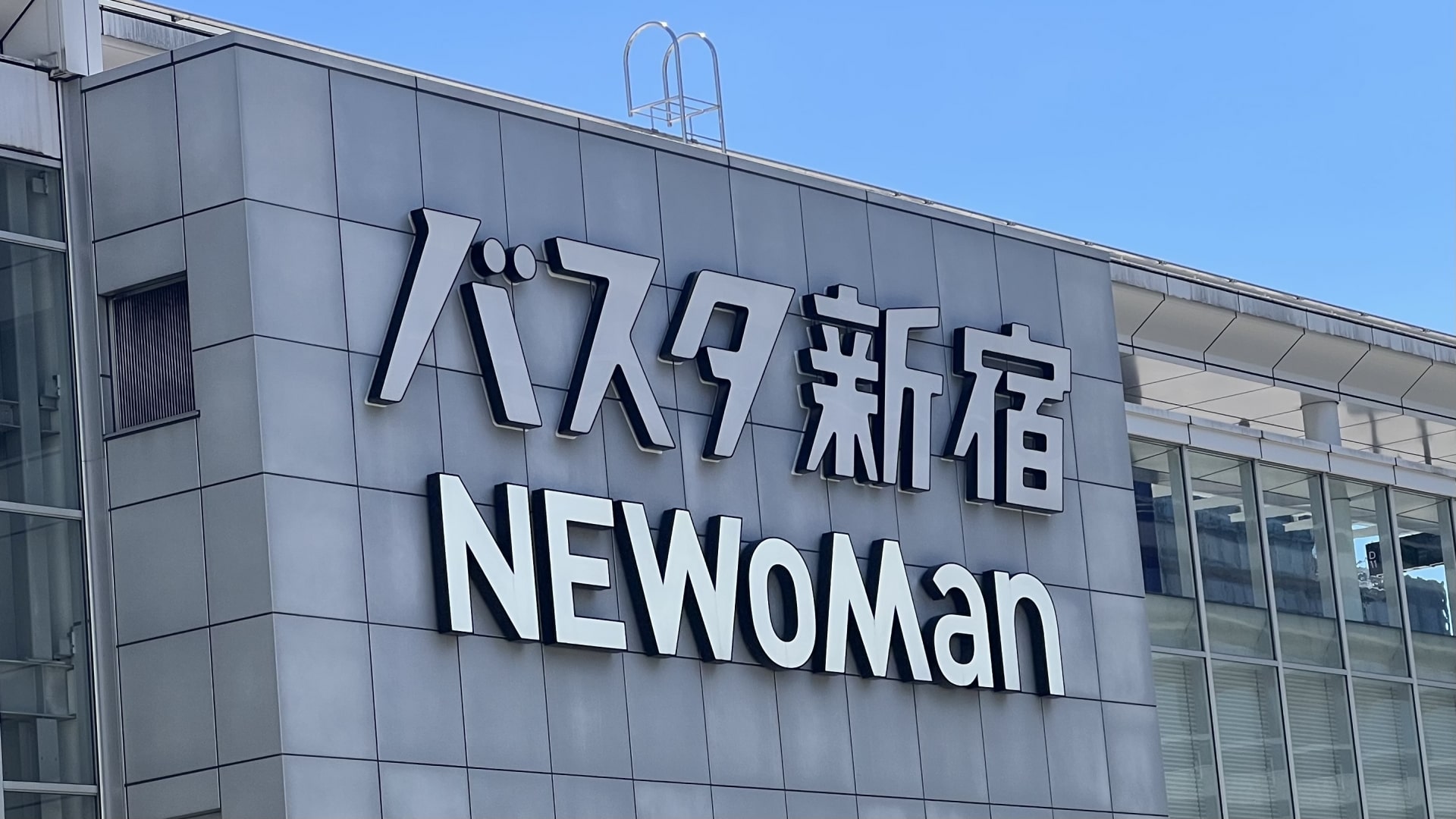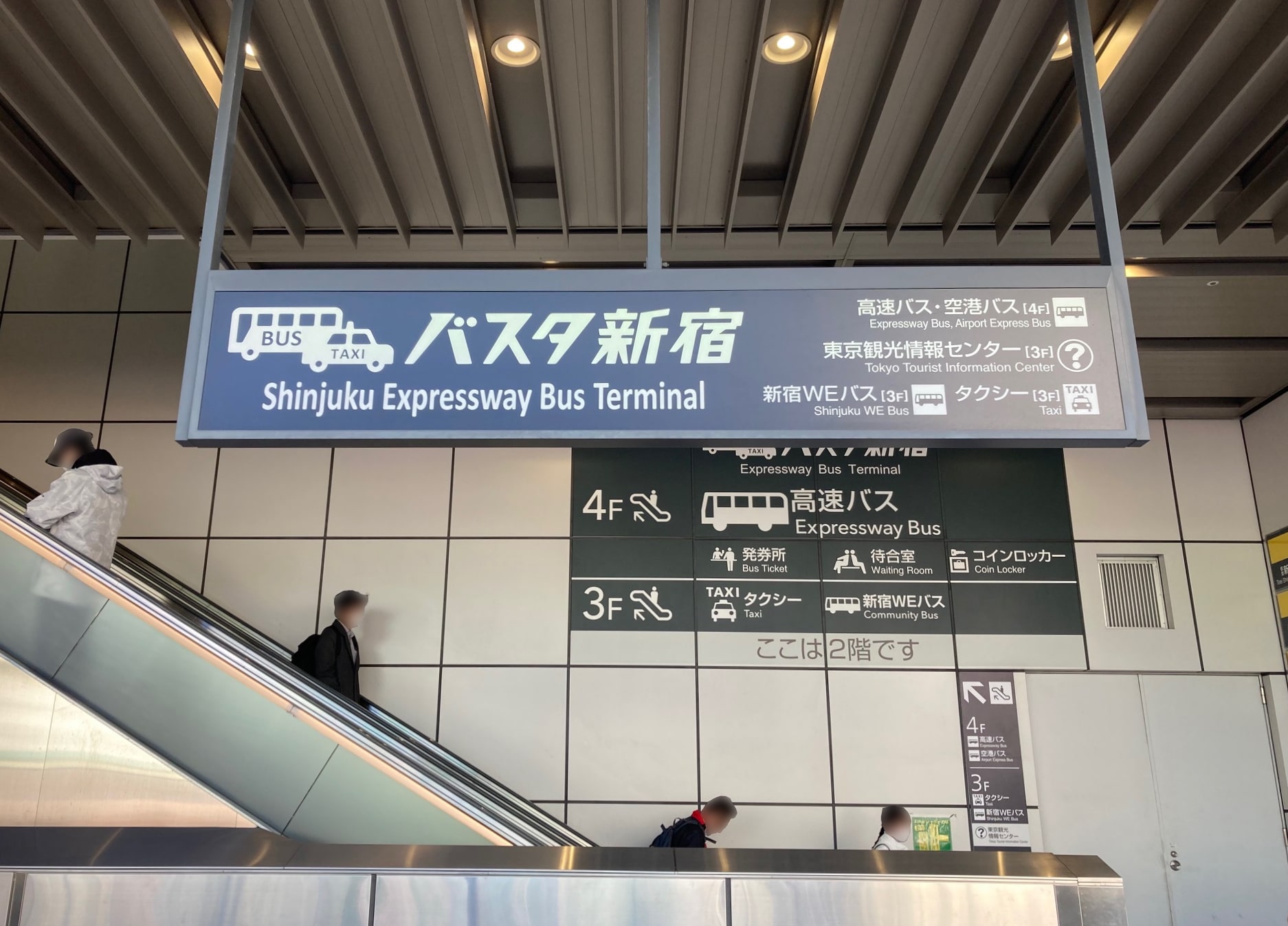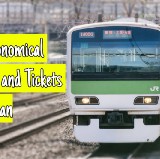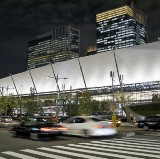BUSTA : Shinjuku Expressway Bus Terminal
The New Transportation Hub in Tokyo: Shinjuku BUSTA
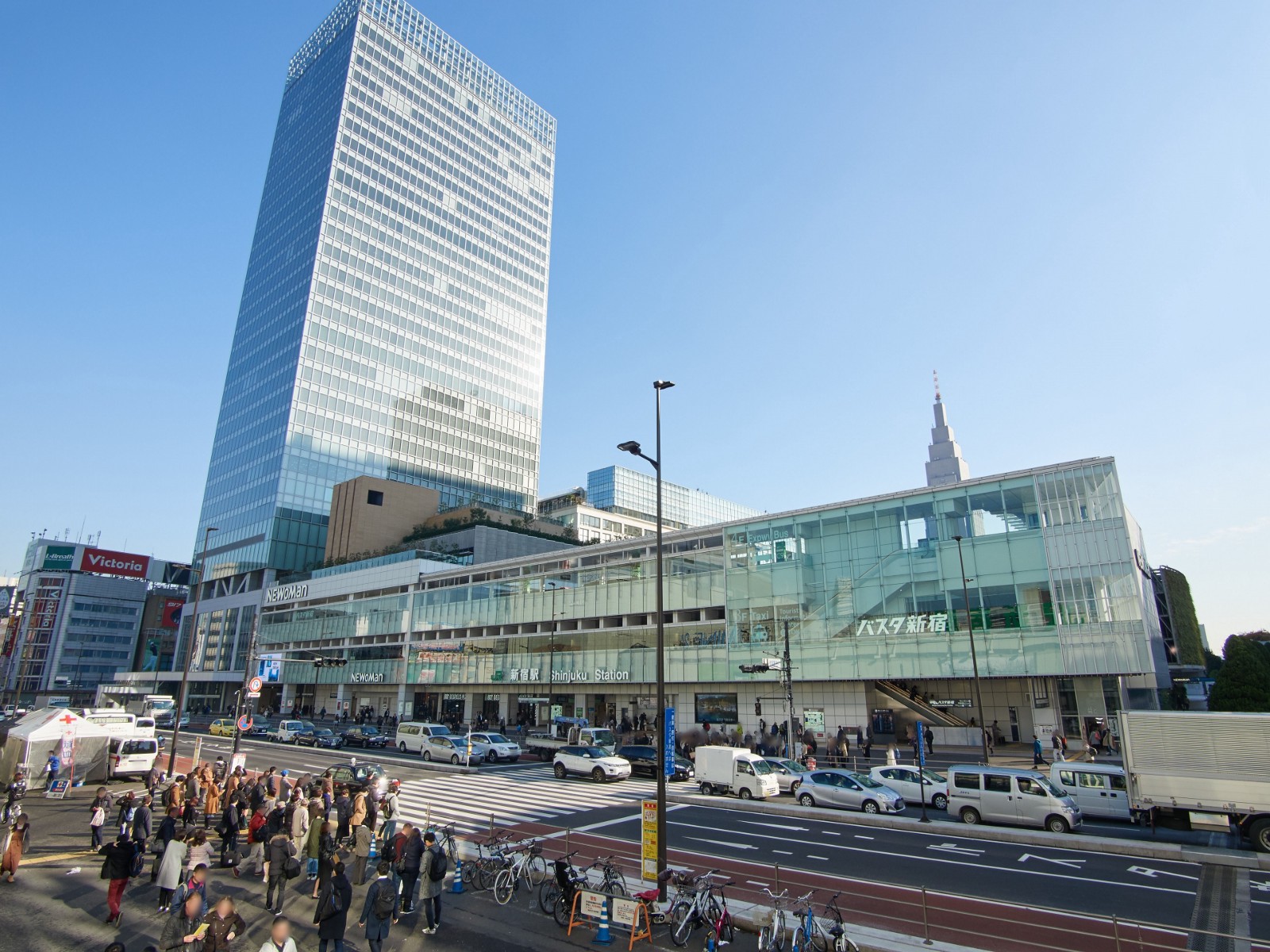
The Shinjuku Expressway Bus Terminal, known as Busta Shinjuku, revolutionizes travel in Tokyo by centralizing Japan’s once-scattered long-distance bus services in one state-of-the-art facility. Opened in April 2016, it seamlessly integrates with Shinjuku Station, one of the world’s busiest transit hubs, ensuring swift connections for millions of passengers.
The terminal features a modern multi-level design with color-coded boarding areas, spacious waiting rooms, free Wi-Fi, and convenient amenities such as ATMs and coin lockers. This setup provides an efficient and comfortable travel experience, making Busta Shinjuku a symbol of innovation in urban transportation, effectively redefining modern transit for all travelers.
If you need a general overview of the Shinjuku area, check out our All-in-One Guide to Shinjuku.
What is BUSTA Shinjuku?
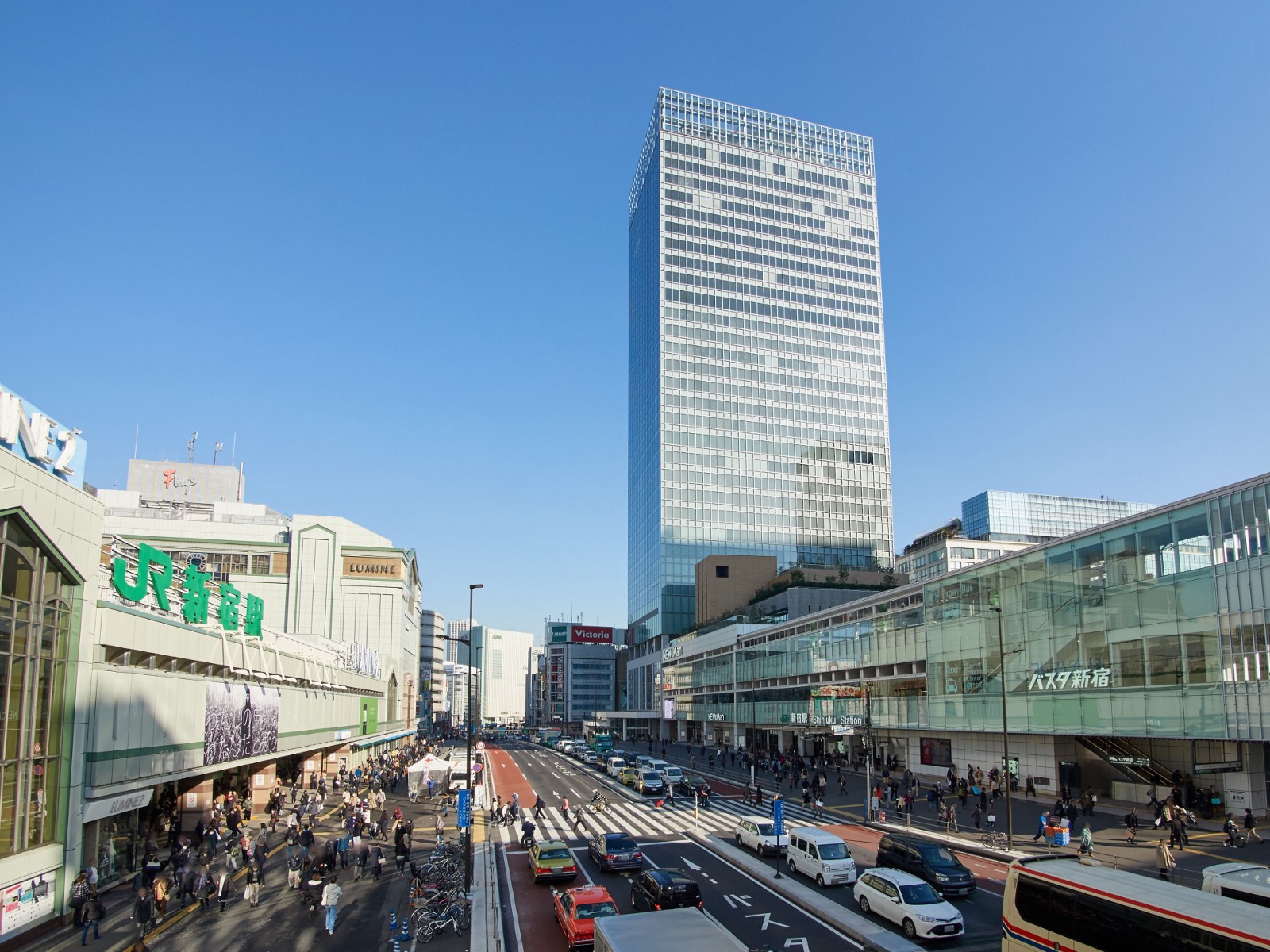
BUSTA Shinjuku (バスタ新宿), officially known as the Shinjuku Expressway Bus Terminal, is Japan’s largest integrated bus terminal. Opened on April 4, 2016, it was built to consolidate the scattered long-distance bus stops around Shinjuku Station, which at the time was already the largest transportation hub in Tokyo, into one modern facility. Nowadays, the station boasts over 3 million daily users.
The terminal is part of a major urban redevelopment project coordinated by the Ministry of Land, Infrastructure, Transport and Tourism, and since its completion, BUSTA has made things much easier for travellers. Now, all the long-distance buses from different companies terminate in one location, which is right next to Shinjuku’s main train station.
Its nickname “BUSTA” was selected through a public contest, deriving from “bus & taxi terminal” to reflect its role as a central hub for both buses and taxis. BUSTA symbolizes a new era of efficiency and comfort in urban travel.
Facilities & Services
BUSTA features a multi-level design that streamlines passenger flow and enhances the travel experience:
-
4th Floor: Dedicated to boarding buses. This level is organized into color-coded areas (A, B, C, and D) that help passengers identify their departure zones easily.
-
3rd Floor: Primarily serves as the alighting floor for arriving passengers, as well as a taxi terminal for their convenience.
-
2nd Floor: Functions as a spacious pedestrian area connecting directly to Shinjuku Station.
The building includes numerous amenities:
-
Waiting Areas & Information Centers: Modern waiting rooms and ticket counters help streamline the travel process.
-
Convenience Services: Facilities such as free Wi-Fi, coin lockers, ATMs, and a convenience store are available to ensure passenger comfort.
-
Additional Services: There are also souvenir shops and designated areas for taxi boarding, making transfers smoother
Operational Details
The terminal is operated by Shinjuku Expressway Bus Terminal Co., Ltd. and coordinates schedules among various bus companies. It features 15 platforms that serve a diverse range of domestic routes, making it a crucial hub for travelers moving across Japan.
The terminal is easily accessible by multiple train lines (JR, Tokyo Metro, Odakyu, and more). Despite its name, the facility is located in Shibuya Ward, right across the Kōshū Kaidō from Shinjuku Station. This strategic placement improves connectivity not only for long-distance bus travel but also for local transfers, including taxis and other public transportation options.
Additional Amenities and Services
Passengers can enjoy a range of supplementary services:
-
Tourist Support: Information centers offer support in multiple languages including Japanese, English, Chinese, and Korean.
-
Shopping and Dining: Nearby commercial facilities, such as the adjoining NEWoMan shopping center, provide dining and retail options for travelers looking for a quick bite or last-minute purchases.
-
Safety and Efficiency: The terminal is equipped with clear signage, digital displays for schedule updates, and an organized layout that minimizes delays and ensures buses depart on time.
Major Routes and Popular Destinations
-
Tokyo to Kyoto/Osaka
Many travelers use the Shinjuku Expressway Bus Terminal for long-haul trips to the Kansai region. Routes like the Dream Liner or various Willer Express services connect Tokyo with major hubs like Kyoto, Osaka (Hankyu Umeda), and Namba. These services are popular for their affordability and convenience despite longer travel times compared to bullet trains. -
Tokyo to Nagano/Matsumoto
Routes to Nagano and Matsumoto are in high demand, especially among tourists heading to the Japanese Alps and hot spring resorts. Several express buses provide frequent services with travel durations of approximately 4–6 hours. -
Tokyo to Tohoku (Sendai, Fukushima)
Express buses connecting Tokyo to cities in the Tohoku region, such as Sendai and Fukushima, are also very popular. These routes offer a budget-friendly option for experiencing the northern landscapes and are favored during seasonal tourism peaks. -
Airport Limousine Services
Additionally, numerous routes to Narita and Haneda airports are highly utilized. These airport buses run at frequent intervals and offer a convenient transfer option for both international and domestic travelers.
Tourist Reviews of Shinjuku Expressway Bus Terminal
Shinjuku Expressway Bus Terminal is Tokyo’s major transportation hub for highway buses, offering routes to destinations such as Mount Fuji, Kyoto, and Narita/Haneda airports. It holds a Google rating of 4.1 (584 reviews), a TripAdvisor score of 3.7 (347 reviews), and a Yelp rating of 3.6 (16 reviews). Visitors appreciate its cleanliness, efficiency, and convenient facilities, though peak season crowds and ticket availability can be challenges.
A TripAdvisor reviewer highlighted their smooth experience:
“My wife and I decided to take the airport limousine from Haneda to Shinjuku and back. Are we glad that we did! The terminal is clean, has lots of seating, convenience stores, and large lockers (300 yen for a couple of hours). The staff was friendly and spoke English, and the buses leave exactly on time.”
―from TripAdvisor
A Yelp reviewer provided useful travel tips:
“Japan is known for cleanliness and organization, and this terminal is no exception. The toilets are clean, and there are vending machines, stores, and eateries. Buy your bus ticket online to avoid long lines, especially during holidays. The buses are prompt—be at the gate 10-15 minutes before departure. Boarding takes no more than 10 minutes, and then the bus leaves.”
―from Yelp
Getting to BUSTA
Reaching BUSTA is straightforward, thanks to its prime location near Shinjuku Station. If you’re arriving by train, simply exit from the South Exit of Shinjuku Station—it’s only a two- to three-minute walk. The terminal is accessible via multiple lines, including JR, Tokyo Metro, Odakyu, and Keio, making it a convenient transfer point for both local and long-distance journeys.
 Address Address |
5 Chome-24-55 Sendagaya, Shibuya, Tokyo 151-0051 |
|---|---|
 Business Hours Business Hours |
Hours may vary on specific facilities but most facilities are open between 7:00 and 23:00 |
 Official Website Official Website |
https://shinjuku-busterminal.co.jp/en/ |
Frequently Asked Questions about BUSTA Shinjuku
Q: Can I purchase or change tickets on-site?
A: Yes. You can buy tickets at manned ticket counters and automatic vending machines. However, queues can be long during peak times (around 9 AM and 4 PM), so online booking is recommended.
Q: Is there baggage storage available?
A: Yes. The Tourist Information Center on the 3rd floor (also known as the Shinjuku Service Center) offers temporary baggage storage and delivery services to hotels or airports.
Q: Are there facilities for disabled passengers?
A: Absolutely. Busta Shinjuku is designed to be barrier-free, with elevators, escalators, and accessible waiting areas to ensure ease of movement for all passengers.
Q: What should I do if I have a question or need assistance?
A: The information counter is staffed throughout the day (7 AM–11 PM) and can assist in Japanese, English, and sometimes Chinese. You can also consult the extensive digital displays and signage for guidance.
Q: Can I enter Busta Shinjuku early in the morning?
A: Yes, you can enter Busta Shinjuku early if you need to catch an early bus. According to official facility information, the waiting area is accessible from around 3:30 AM (some services, such as ticket counters, typically start operating between 6:00 AM and 7:00 AM). However, overnight entry is not permitted—the terminal closes its entry and most facilities after midnight (or 25:00, meaning about 1:00 AM), so plan to arrive during the designated operating hours. Always check your bus operator’s schedule and the latest updates on the official website before traveling.
For more transportation-related information in Japan, check the following articles!
Written by
"The world is my oyster." As a dedicated globetrotter and hammock enthusiast, I’ve spent years chasing new experiences, collecting stories, and discovering the world’s most incredible destinations. Born and raised in Japan, I’ve always had a deep connection to my roots, but my love for adventure has led me to spend over a decade exploring countries across the globe—from culture-rich cities to remote hideaways.
Travel isn't just a hobby for me; it's a lifestyle. I'm constantly searching for new ways to fuel my wanderlust. Over the years, I’ve developed a wealth of knowledge and a treasure trove of tips that make traveling more enjoyable, practical, and meaningful.
Through my experiences, I've come to appreciate not only the beauty of travel but also the importance of understanding diverse cultures, embracing the unfamiliar, and stepping out of my comfort zone. My travels have shaped who I am today, and I’m excited to share those lessons with others.
With Japan Web Magazine, I aim to offer practical advice, insider tips, and firsthand stories that help travelers navigate their journeys to Japan or setting off on a global adventure. From hidden gems in Japan to travel hacks that make any trip smoother, I hope my insights inspire you to embark on your own adventures and make the most of every moment. Let’s explore the world together!
You can also find my stories here ▶ https://medium.com/@nahobm





